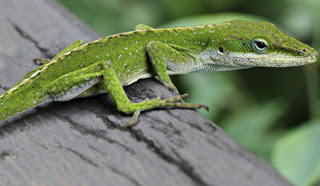Another school year is coming to a close, and teachers across the country are beginning to pack up their classrooms for the summer. Books are being packed away, wall decorations are coming down, and classroom plants and animals are moving to a new home. And where that new home is can have large and lasting environmental impacts.
Common classroom pets like goldfish, bullfrogs, and red-eared slider turtles can become invasive if released into local rivers, lakes, and ponds. Many aquarium plants also pose a threat to nearby aquatic habitats. These invaders can crowd out native species, degrade water quality, introduce diseases, and limit recreation. Once established, aquatic invasive species are extremely difficult to control—Florida alone spends millions each year trying to control the aquarium plant hydrilla.
Teachers and students can help protect our waterways from the harmful effects of aquatic invasive species with a few simple steps. While you’re in the market for a classroom pet, look for native and non-invasive species. Knowing the scientific names will make this easier.
When the time comes to dispose of plants, seal them in a plastic bag and throw them in the trash. Fish, reptiles, and other animals should be returned to the seller or given to a friend or fellow teacher who has pledged not to release unwanted pets. If a new home can’t be found, ask a veterinarian about other options. And be sure to sterilize any water before pouring it down the toilet or sink.
Learn more about aquatic invasive species and what you can do to curb their spread at www.TakeAim.org.



